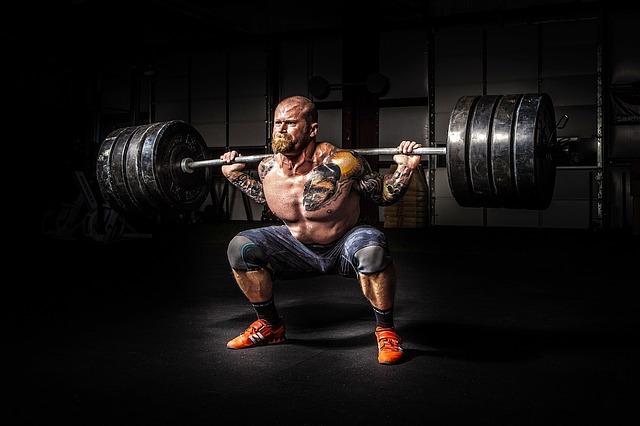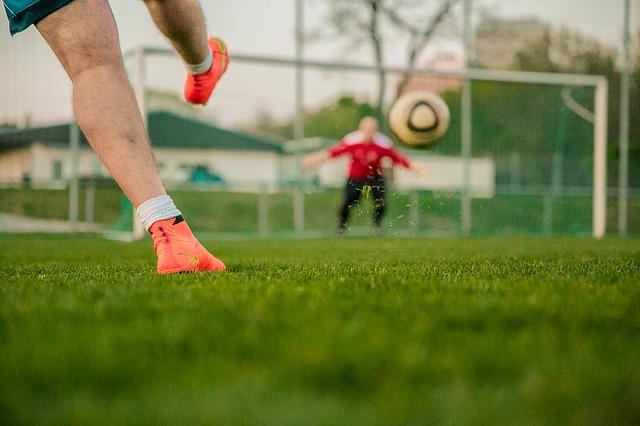Archive for April 2016
Thoracic Range of Motion
Attention all shoulder slumpers! The 12 most understated vertebrae in your back could be the secret to spinal longevity: I am talking about the thoracic vertebrae, the region that encompasses your shoulders and chest. With all the importance placed on core strength and lumbar health, thoracic vertebrae and their crucial role in the upper body’s range of motion are largely unheard of by the general populace.
Thoracic vertebrae should be responsible for most of the torsion, flexion and extension that you undertake on a daily basis. Unfortunately, most people largely underutilize this region, and the burden is shifted down onto the lumbar and up onto the shoulders, causing all kind of mayhem. Because the burden is displaced to other parts of the back, these are the parts that often end up injured and the thoracic skates by, slumping further forward, perpetuating a cycle of ignorance and injury that is tampering with people’s quality of life.
Here is the boon to be had for those who can harness the power of thoracic vertebrae:
- Increased range of motion for the upper body
- Better shoulder mechanics..
- More efficient spinal mechanics
- Less injury and pain in the lumbar region
- Less strain on the rotator cuffs
At Family Chiropractic & Natural Healing Center, we would like to see everyone utilize their spine to its highest mechanical advantage. Welcome the thoracic spine back into your daily routine of movement and derive all the benefits it has to offer.
For expertise and help in doing this, call our office in Milpitas at (408) 263-8025 to schedule an appointment today.
Dr. Gregory A. Lind, D.C.
Overtraining
Summer is the “no pain, no gain,” season of athletic endeavor: the onset of warm weather in the Bay Area inspires many people to let their inner beach body shine. At Family Chiropractic & Natural Healing Center, we support any athletic enterprise that contributes to a healthier, more resilient body. But there are limits!
Here is a friendly reminder from your Milpitas chiropractor: getting into swimsuit shape should not be sufficient cause to overstrain yourself into a condition of fatigue and weakness.
The recipe for muscle and stamina building relies on a delicate balance between training and rest. Training breaks down the muscle fibers, precipitating a period of hypertrophy: the cellular process by which the muscles repair and rebuild. For muscles to grow back stronger, a proper amount of rest is required during which the following equation must be in place: muscle protein synthesis>muscle protein breakdown.
Overtraining occurs when you surpass the outer limit of your body’s ability to recover and rebuild. In other words, you are not giving your body enough rest before training is resumed. This can be counterproductive to your muscle building efforts, not to mention detrimental to your overall quality of life. Furthermore, it often leads to injury.
To this end, we provide expertise and support for the recovery period of strengthening. There are ways we can influence a quicker rebound, including hydration and proper nutrition. Chiropractic treatment focuses on correcting muscular imbalance, making your body less vulnerable to injury.
Life is about balance: a productive workout depends on solid foundations. Often times all it takes is a conversation with an expert to add that missing ingredient to your repertoire.
We urge you to benefit from our expertise by calling our office at (408) 263-8025 to schedule an appointment today.
Dr. Gregory Lind, D.C.
Breathing for Better Performance
The more you demand from your body, the more support it needs.
In a world determined by split seconds, inches gained and lost, or an extra degree of torsion, your body can use every advantage we have to offer at our practice in Milpitas. Ensuring the alignment of your vertebrae means that your spine, and consequently your nervous system, is supporting your endeavors fully. One area we impact is the respiratory system: boosting lung capacity and helping you breathe more efficiently, to circulate more oxygen throughout your body.
Phrenic nerve functioning: nerves exiting from the cervical spine power the phrenic nerve, which in turn passes motor information to the diaphragm, a large sheet of muscle that separates the chest cavity from the abdomen. This is the primary muscle involved in breathing, as it contracts to expand the lungs during inspiration. Unrestricted diaphragm functioning depends on these nerves being free of subluxation.
At Family Chiropractic & Natural Healing Center, we channel the power of chiropractic to you, helping to fine-tune your anatomical standards and give you a competitive edge. Every breath is a potential boon for your performance.
Call our office at (408) 263-8025 and schedule an appointment today
Dr. Gregory Lind, D.C.
Growing Muscle
The muscle building process begins when our motor neurons send a signal to the muscle, telling it to contract.
The key to successful muscle building is to improve your brain to body communication: the better your motor neurons are at signaling to the muscle to contract, the stronger you grow. Subluxation gets in the way of this process by interfering with the communication of nerves that exit from the spinal column and communicate with muscles throughout the body.
Hypertrophy, the cellular process by which muscle fibers repair themselves and grow back thicker, occurs during rest after exercise. This is a process that depends on muscle protein synthesis being greater than muscle protein breakdown. Without the proper attention to nutrition and resting, the body can go into an catabolic, unproductive state. We provide athletes with hands on therapy that enhances blood circulation and speeds the rebuilding process.
At our office in Milpitas, we offer athletes the support and knowledge they need to push their bodies further. After your workout, call us at (408) 263-8025 to schedule an appointment. Together, we can make sure that the proper systems are in place to ensure the efficiency of your muscle growth.
Dr. Gregory Lind, D.C
Sports Hernia
Athletic pubalgia is the correct name for what many people call sports hernia. This is an injury that is sustained by the tissues in the lower abdomen and adductor muscles.
The location makes them particularly painful and many people seek aggressive forms of care such as surgery to relieve the pain and let them get on with their athletic pursuits. At Family Chiropractic & Natural Healing Center, we believe that with a little bit of chiropractic and some patience, you can rehabilitate a sports hernia injury and return to action stronger than before.
We offer a variety of treatment options that can reduce your pain while the body heals its injury, and then strengthen the region to prevent recurrence of the injury. Athletic pubalgia generally occurs when the muscles in the low abdomen and thigh are exposed to high-degree shearing forces, causing generally stable muscles to strain past their breaking point. This can be achieved with a direct trauma to the area or from repeated actions such as the shearing force involved in kicking a soccer ball.
We use chiropractic adjustments to restore joint mobility and range of motion. With gentle massaging, we introduce enhanced blood flow to the region which brings oxygen and other nutrients and heals the strain back to normal. Once you have established a level where no pain is experienced, we introduce core exercise until the region is stronger than before. Together we can heal your sports hernia. Call our office in Milpitas at (408) 263-8025.




